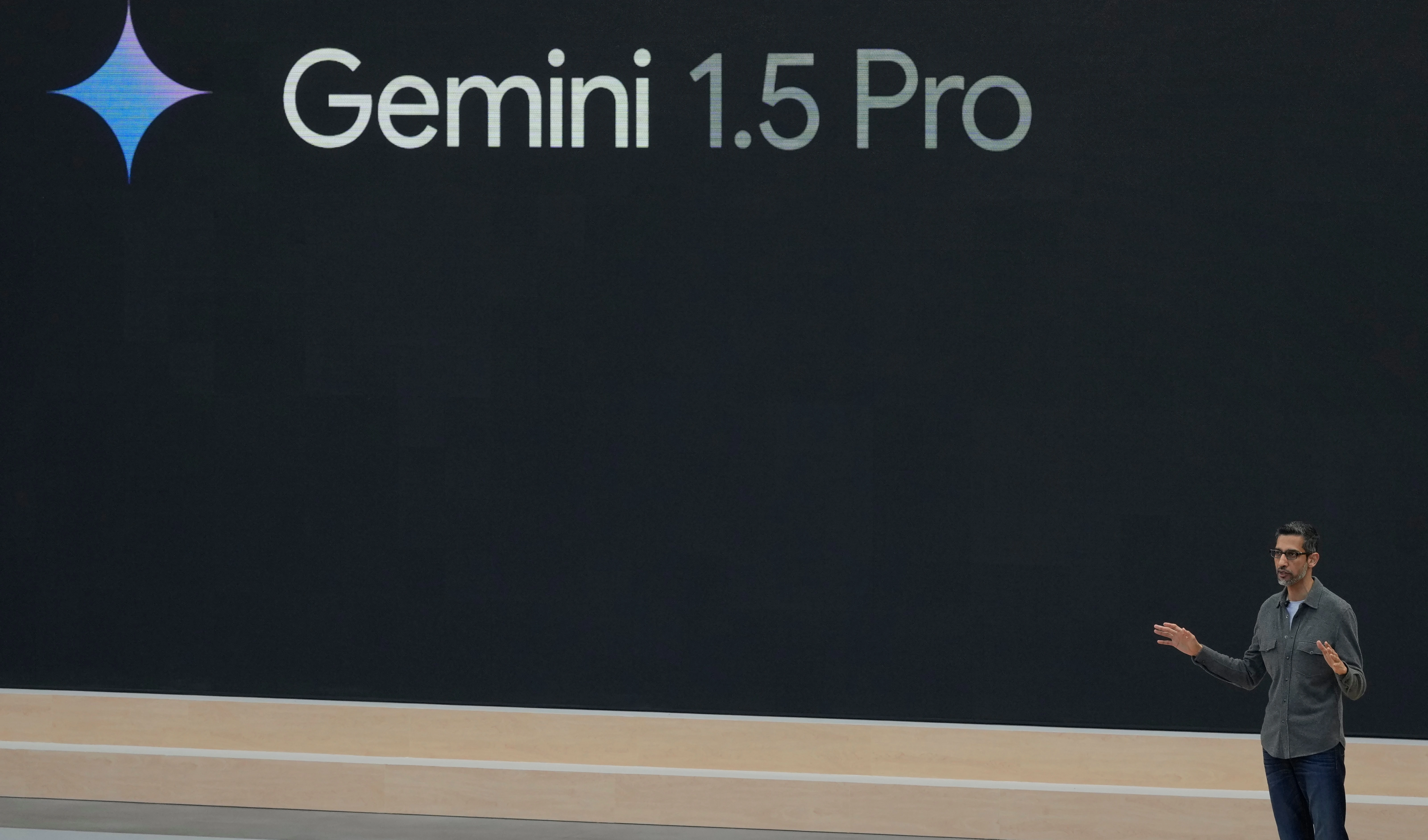Italian opposition protests far-right’s use of racist AI images
Opposition parties in Italy have filed a formal complaint with Agcom, accusing Deputy Prime Minister Matteo Salvini’s far-right League party of using AI-generated images that promote racist, Islamophobic, and xenophobic propaganda.
-

A composite of the allegedly AI‑generated photos that have appeared on the League’s social channels on Facebook, Instagram and X. The complaint alleges the images contain ‘almost all categories of hate speech’. (The Guardian Design/League)
A report by The Guardian on Friday revealed that opposition parties in Italy have filed a formal complaint with the country’s communications authority, Agcom, regarding AI-generated images shared by Deputy Prime Minister Matteo Salvini’s far-right League party. The opposition, including the centre-left Democratic Party (PD), the Greens, and the Left Alliance, described the images as "racist, Islamophobic and xenophobic."
The complaint, filed on Thursday, claims that the images circulated by the League contain "almost all categories of hate speech." In recent weeks, dozens of AI-created images have been posted across the League’s social media platforms, such as Facebook, Instagram, and X. These images often depict men of colour, some armed with knives, attacking women or police officers.
PD senator Antonio Nicita commented, "In the images published by Salvini’s party and generated by AI, there are almost all categories of hate speech, from racism and xenophobia to Islamophobia." He further explained, "They are using AI to target specific categories of people, immigrants, Arabs, who are portrayed as potential criminals, thieves and rapists."
According to the report, the complaint also highlights concerns over the deceptive nature of the images. "These images are not only violent but also deceptive: by blurring the faces of the victims, it is as if they want to protect the identity of the person attacked, misleading users into believing the photo is real. These are images that incite hatred."
AI-Generated content and far-right propaganda
A spokesperson for Salvini’s party acknowledged that "some of the pictures" featured on their social media had been "generated digitally." The party responded by stating, "The point is not the image. The point is the fact. Each post is based on true reports from Italian newspapers, with names, dates, and places." They further added, "If reality seems too harsh, do not blame those who report it, but those who make it so."
The report mentioned that Salvatore Romano, head of research at AI Forensics, analyzed the League’s images, stating, “They are out‑of‑context photos in which the subject is in the foreground and the rest is entirely blurred. What worries me is that these AI‑generated images are becoming ever more realistic.”
The complaint to Agcom also highlights how these images were shared alongside the logos of well-known mainstream media outlets. While these media outlets reported on the crimes mentioned, they did not use images of the alleged perpetrators. For example, one League post paired the headline "A foreigner attacks the train conductor" with an AI-generated image of a man of colour with his fist raised. Il Resto del Carlino’s article on the incident referred to the suspect simply as a "foreigner" without including a photograph of the attacker.
Read next: UK watchdog to probe possible AI recruitment discrimination
In one particularly controversial image, a mother and father in Islamic dress were shown allegedly shouting at a girl, a portrayal the complaint argues feeds into racial and Islamophobic prejudice. However, Il Giorno's report did not mention the family's religion, only noting that the child had attended Arabic language school.
According to The Guardian, the use of AI-generated images for far-right political propaganda has increased, particularly following last year’s European elections. According to Romano, "Then came the American elections with Donald Trump and Elon Musk, who effectively normalised this trend, warning, "Today, we see that far‑right parties have not only continued to generate fake images for propaganda but have also increased their use at a time when AI tools have improved content quality, making the phenomenon all the more worrying."

 4 Min Read
4 Min Read










